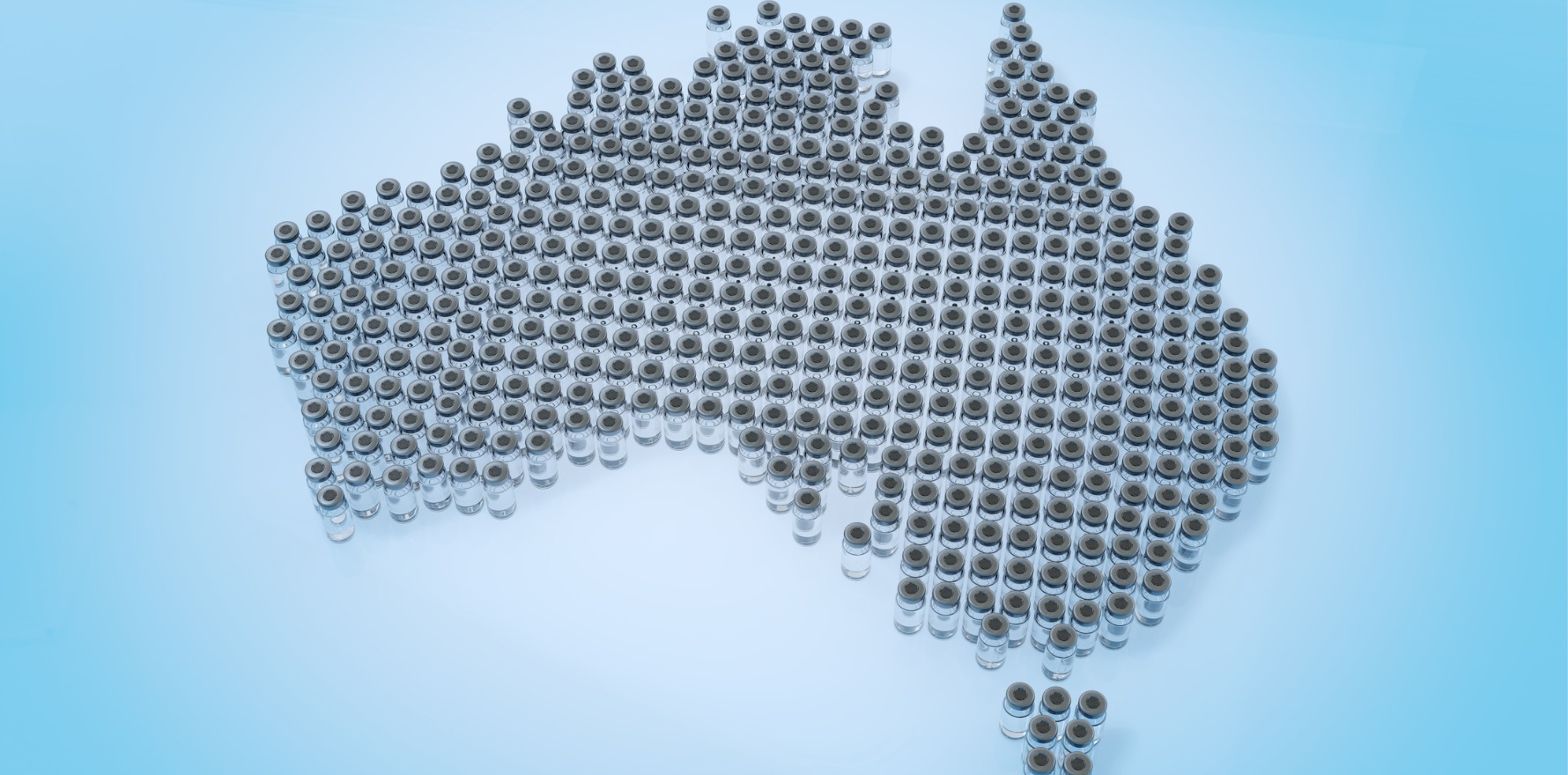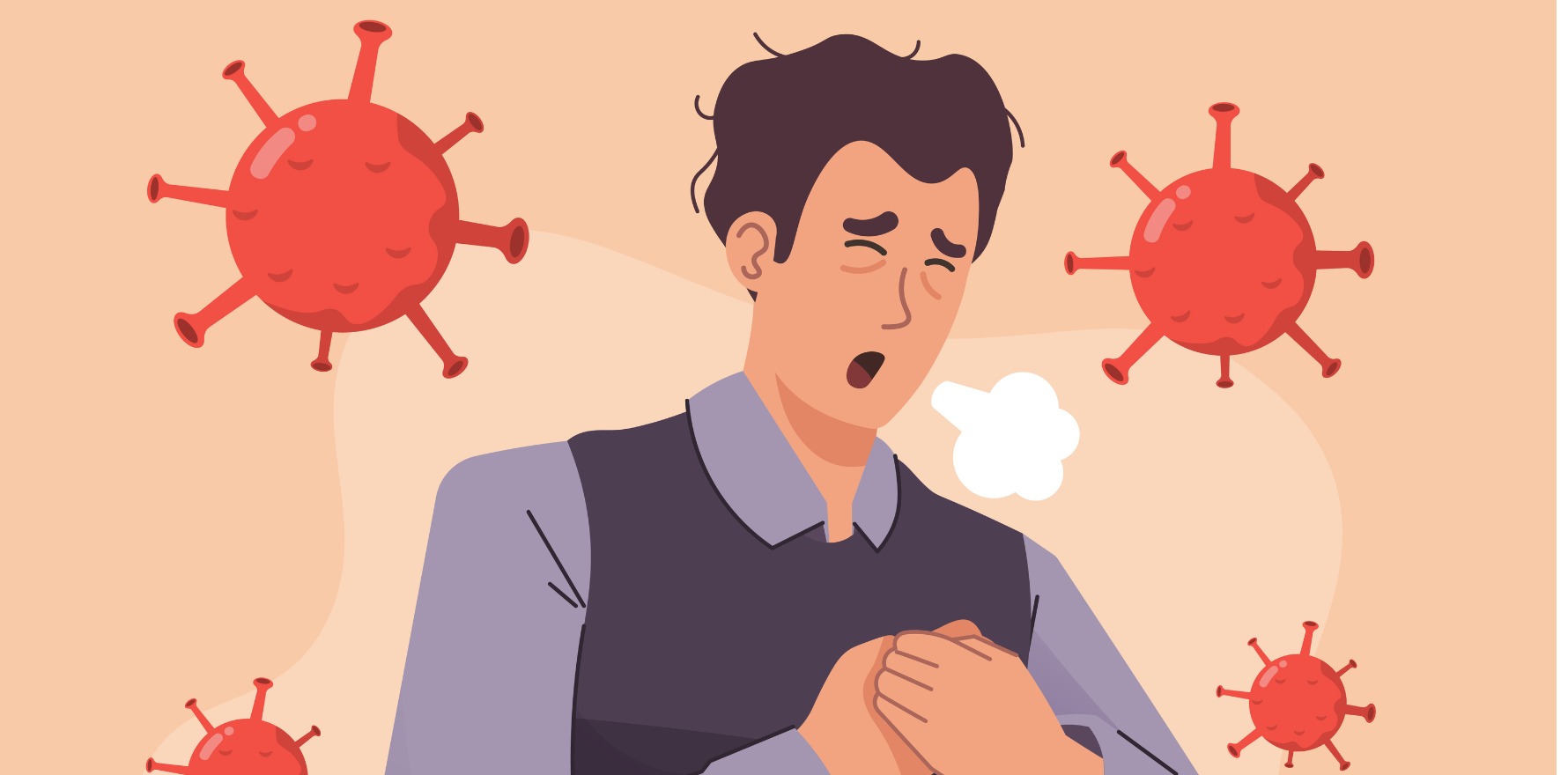Cost of living, complacency and covid are the main culprits for what could be more than a ‘blip’.
After celebration in early 2021 as childhood vaccination rates hit national highs, rates are now falling thanks to cost of living, complacency and covid, says the Immunisation Foundation of Australia’s director.
According to figures released by the Australian Immunisation Register, national rates of vaccinations have fallen, albeit minimally, among one-year-olds, two-year-olds and five-year-olds since rates hit peak levels in 2020/21.
Prior 2020, the national rates of fully immunised one-year olds and five-year olds had climbed fairly consistently since the mid 2000s.
Rates among two-year olds were slightly less consistent, dropping after changes to vaccination requirements in 2014 – to include doses of meningococcal C, MMR and varicella – and 2017 – to include the fourth dose of diphtheria, tetanus and pertussis. Rates continued to rise after 2017 until 2021.
The national proportion of children who are fully immunised sits at 93.16% (94.85% in 2020), 91.24% (92.55% in 2020) and 93.93% (95.09% in 2020) for one-, two- and five-year-olds respectively, as of 2023.
Speaking to The Medical Republic, IFA director Catherine Hughes said that there were likely three main C-words causing the slight decline in vaccine coverage: cost of living, complacency and covid.
“It’s expensive for a lot of families to see a GP: there’s fuel costs, some parents have to take time off work and I think parents are probably working more hours than ever just to make ends meet,” Ms Hughes told TMR.
And these access issues reach far beyond just vaccinations, she said, adding that Medicare payments needed to be more reflective of the cost of services to ensure doctors weren’t pushed to charge gap fees.
“I also think complacency is a major factor,” she said.
“During covid, we had a lot of [vaccine-preventable] diseases almost disappear from our shores.
“Now we are starting to see say whooping cough, and other diseases, come back, but I think there’s a leftover complacency from the time when we just didn’t see many infections and preventable diseases circulating.”
The covid vaccines also affected confidence in immunisation, said Ms Hughes.
“The covid vaccines did a wonderful job in protecting people against hospitalisations, but not in protecting against infection.
Related
“I think that has been disappointing for some of the community and has caused a wobbling confidence in how immunisations work.
“We’ve definitely also seen an increase in anti-vaccine activism during covid, especially with the introduction of vaccine mandates that really inspired a lot of [anti-vaccine activists] to get together and advocate against vaccination really vocally.”
Immunisation rates continue to vary across the states.
For all of the three age groups, overall vaccination rates were highest in the ACT, which exceeded the 95% target rate in one-year olds, and lowest in the NT or WA.
The PHNs with the lowest vaccination rates were the North Coast, Country WA and the Gold Coast, which all fell below 90% for one- and two-year-olds.
“The smaller the size of the state, the higher the immunisation rates, and the larger the size of the state, the lower the immunisation rate,” said Ms Hughes.
“Now, there’s probably a few outliers there, but I can definitely see that trend.”
Ms Hughes, whose newborn son passed away from whooping cough in 2015, called on the government to invest in awareness campaigns on the true impact of vaccination against preventable diseases.
“I just wish more parents could gain an understanding of what these diseases can do, because it’s just horrific,” she said.
“Investing in awareness campaigns is really important, and general education about how vaccines work is essential to improving complacency but also confidence.”
While Ms Hughes remained somewhat hopeful that the fall might be recovered, she was not convinced.
“It is a bit of a shame to see this drop, but I hope the government and others can do more to improve those numbers.
“I’m hopeful it’s a blip, but I’m worried that it’s not. Time will tell.”





